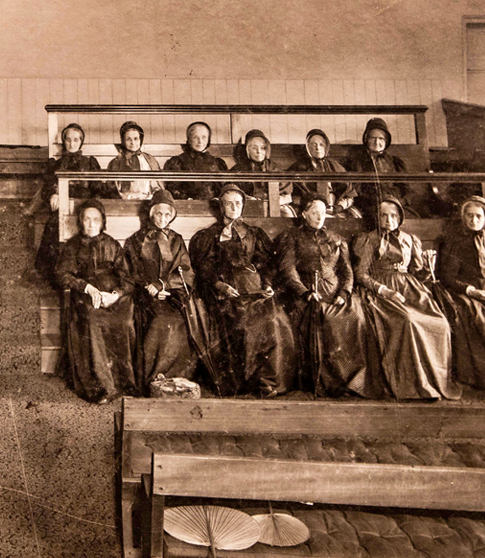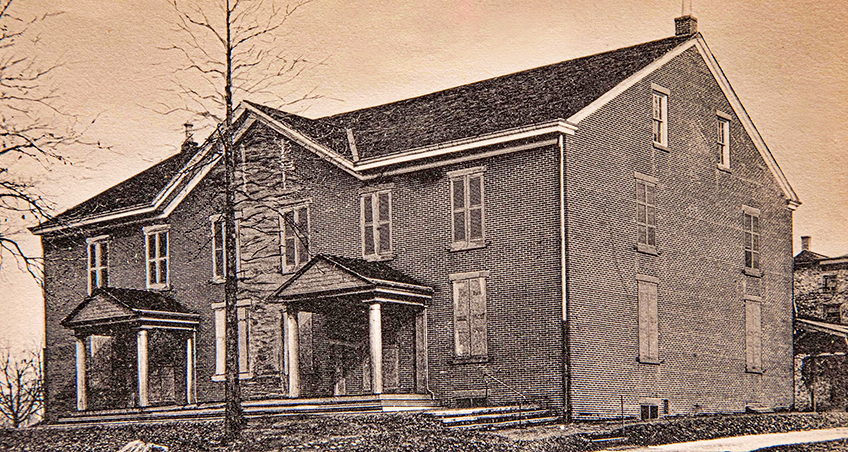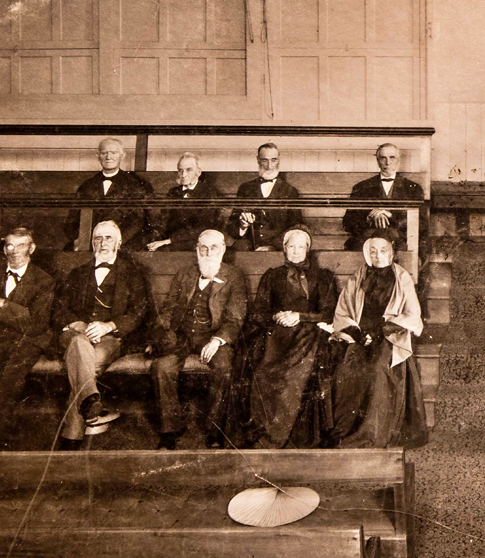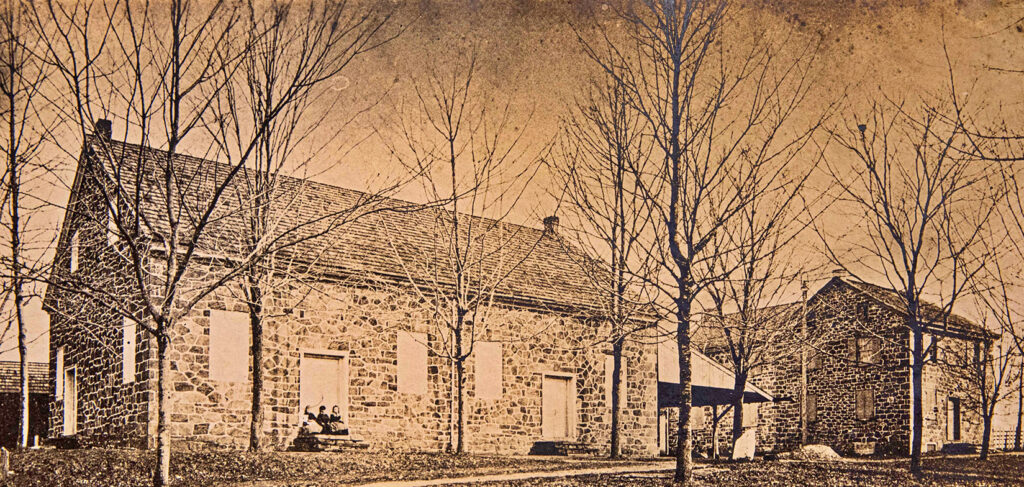

going back to William Penn’s three voyages in the late 1600s.
When Penn landed in what is now Philadelphia, it was little more than a clearing with a few rudimentary buildings, built on the lands of the Lenape Tribe. As the city developed under Quaker influence, Friends began to move out into the area – Bucks County, Chester County (which then included Delaware County), into areas of New Jersey and Delaware.
Small Quaker meetings were established, sometimes in homes. Many of these were very small wooden structures that later were replaced by stone structures. Some disappeared. Some meetings merged. In the “horse and buggy” era, small meetings were the norm because people had to be able to reach them without arduous travel.
What is now West Chester Friends Meeting evolved from other meetings in what now is the Concord Quarterly Meeting, a cluster of meetings. The Quaker structure starts at the top with a yearly meeting – in this area, The Philadelphia Yearly Meeting – then goes down to a quarterly meeting and then monthly meetings. Those definitions are not tied to worship but rather to how often there are business meetings.
It was not until the early 1800s that a need was felt for a meeting in what is now the borough of West Chester. The decision to support a meeting was driven by the Birmingham Friends Meeting, approximately six miles from the present West Chester Friends Meeting. The need for a meeting was supported by the Concord Quarterly.
In 1812, three Friends – Jesse Hoopes, Joseph Taylor and Thomas Hoopes – purchased 1.75 acres of land on a road that led from Wilmington, DE to Great Valley. Today that is High Street in the borough.
By 1813, a gray stone meeting house had been erected. The carpenter was David Haines and his bill was $245. The masons were John Parker and B. Pierce and their bill was $135. The total cost of the building, inside and out with pews, was $2,600. The first meeting for worship was conducted on June 20, 1813.
By 1815, 186 members were recorded.
In 1827, there was a division within Quakers, known by then as The Religious Society of Friends. Called the “Great Separation.” Members of the Philadelphia Yearly could not agree on a person to be named its clerk. The issue involved the visits and preaching of Elias Hicks in violation of the will of numerous elders of the yearly meeting; they claimed his views were universalist and contradicted the historical tradition of Friends. The same year, a number of Friends in sympathy with him separated to form a parallel system of yearly meetings in America, referred to as Hicksite; ultimately five yearly meetings divided. The Quakers who did not follow Hicks were called Orthodox.
In West Chester that split resulted in a second meeting called the Chestnut Street Meeting. That meeting stood on a corner now occupied by offices.
The West Chester Friends Meeting remained in its gray stone building on North High Street. In 1836, a movement was started to create a Friends School. Today that small school has expanded into the West Chester Friends School with grades from kindergarten through fifth. It shares what is now called “Quaker Hill” with the current meeting house and the Hickman retirement community. The total complex covers an entire, large block.
The current meeting house was built in 1853. Half of the old stone building was removed and a large, two-story structure added. It had two sides – one for men and one for women. Today half the space is used for meeting for worship and the other half contains a stage and is used for various functions. The remaining part of the original meeting house is a social room, kitchen, and restrooms. The broad porch was added in 1907.
In 2021, The meeting earned a preservation award for creating a special entrance for those with mobility issues, both inside the meeting house and outside, in a way that preserved the historic nature and appearance of the Meeting House.

